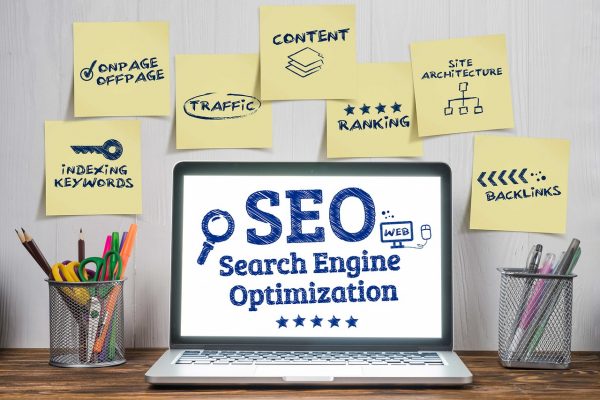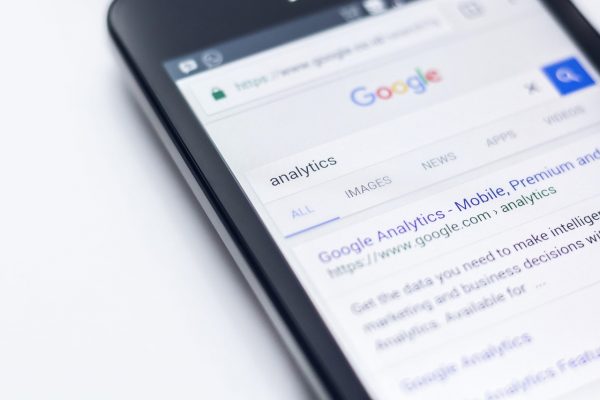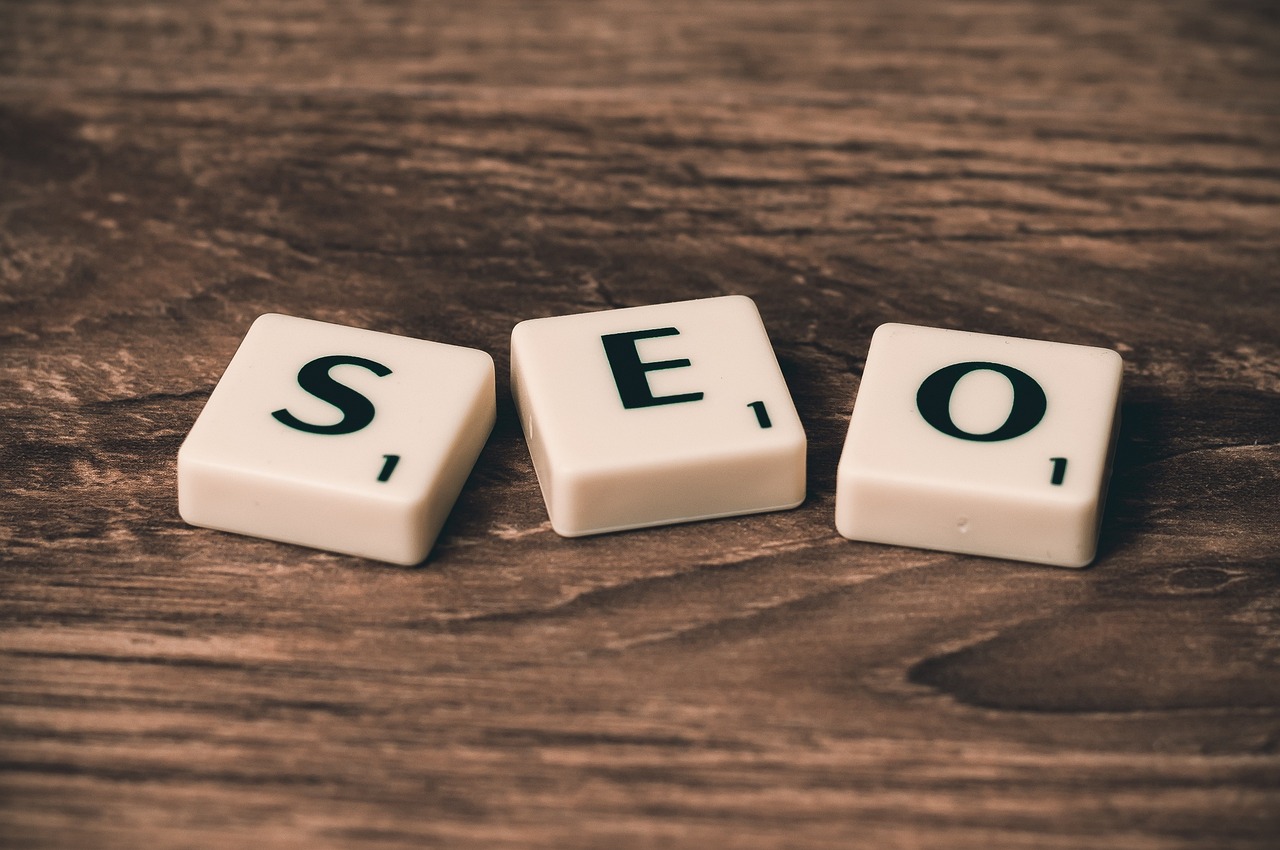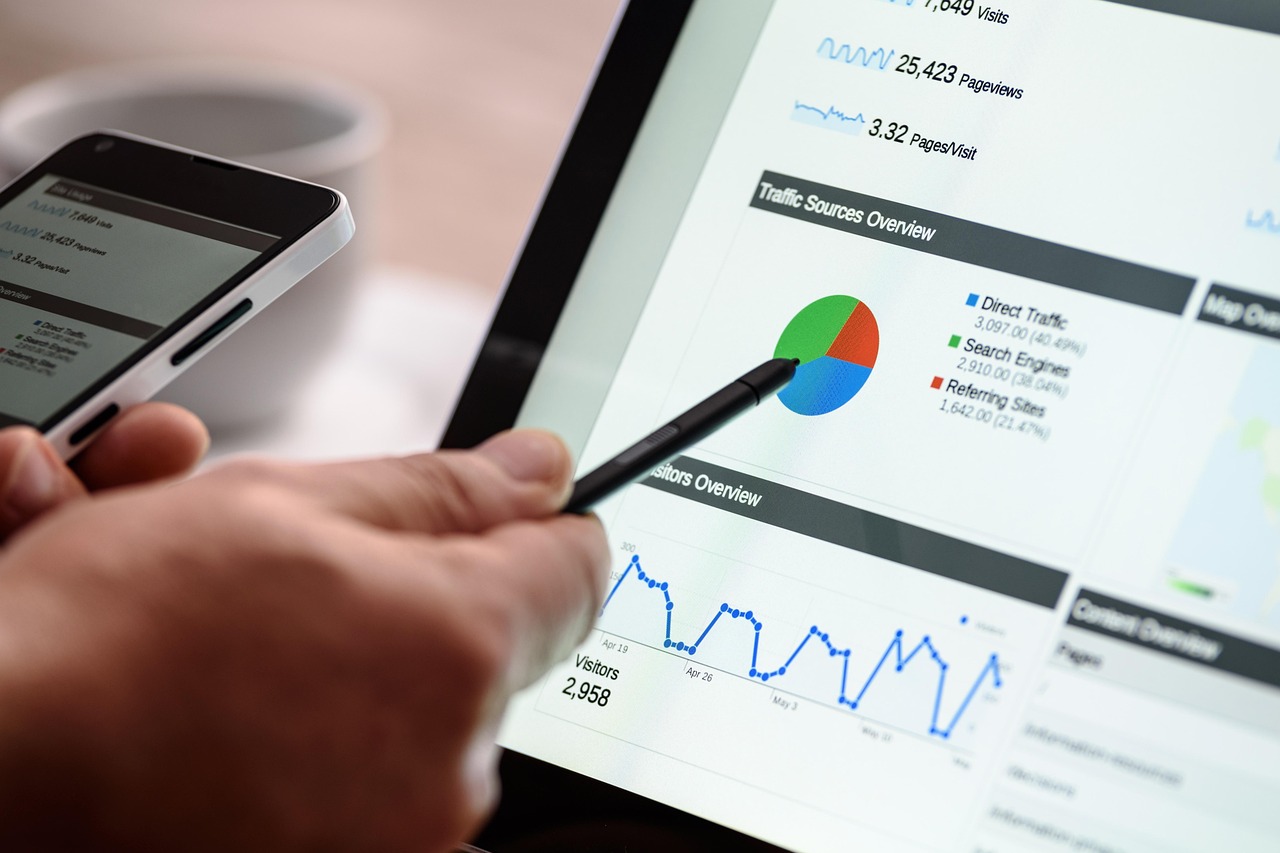

7 Advanced PMAX Campaign Features You Should Be Using Now
7 Advanced PMAX Campaign Features You Should Be Using Now
Are you squeezing every drop of potential from your Performance Max (PMAX) campaigns in Google Ads? With cutting-edge PMAX features rolling out continuously, there’s never been a better moment to dial up your conversions, maximize ROI, and claim a bigger slice of the market. Let’s dive deep into seven of the most powerful PMAX capabilities that should sit at the heart of your strategy.
1. Asset Groups: The Engine of PMAX
It all starts with asset groups – the building blocks of PMAX. Asset groups let you organize different creative elements such as headlines, descriptions, images, and videos into themed sets. Unlike the old-school approach of splitting campaigns by channel, asset groups make it possible to align your assets around a specific product line, audience, or promotion within one campaign. You maintain a clear structure, while Google’s AI handles the heavy lifting of matching assets to the right intent and context. Brands leveraging this feature find that having well-structured asset groups regularly boosts both relevance and conversion rates.
2. Video Enhancements: Unleash Richer Creatives
If you’re only uploading static images, you’re leaving conversions on the table. Recent updates have supercharged video asset integration within PMAX. Google now recommends at least one short, brand-aligned video per asset group. The system can even auto-generate videos using your existing images and text. But pro advertisers upload their own for maximum impact. Video is seeing a clear performance uplift, making it a must for brands pursuing richer engagement and stronger recall.
3. Customer Acquisition Goals: Target New Shoppers Intelligently
One of the common struggles with all-in-one campaign types is keeping spend focused on acquiring new customers. PMAX’s Customer Acquisition Goals solve this elegantly. Now, you can guide Google to bid higher for first-time buyers or exclude known audiences completely. This nuanced control lets you strategically balance customer acquisition with retention efforts. Retailers. Especially those with subscription or high-lifetime-value products. See a significant jump in incremental growth using this feature.
4. Campaign-Level Asset Experiments: Optimizing with Real Data
Remember the guessing games of split-testing creative in the past? PMAX campaign-level asset experiments take you beyond intuition. With experiments, you can pit creative variants head-to-head directly in your best-performing campaigns, measuring real uplift in conversions, clicks, or value. The platform runs these experiments seamlessly, ensuring your daily budgets and campaign momentum stay intact. Experienced marketers use these results to roll out high-performing creative across asset groups rapidly, sharpening every dollar of ad spend.
5. Conversion Value Rules: Make Your Data Count
If all conversions are treated equally, strategy goes out the window. PMAX’s conversion value rules allow you to assign different values to conversions depending on criteria like location, device, audience, or time of day. Say you know orders from loyal VIPs have higher lifetime value. Now you can instruct Google’s AI to prioritize those or allocate more budget to specific geos during peak hours. This kind of granular steering means your automations don’t just chase volume; they go after what truly grows your business.
6. Audience Signals: Teach the Algorithm
Audience signals sit at the intersection of automation and human insight. By adding audience signals to your asset groups. Such as custom intent, past purchasers, or those who’ve engaged with specific categories. You help speed up Google’s learning period. The result? Faster ramp-up and improved targeting, without the risk of AI “going rogue.” Top practitioners update their audience signals regularly to reflect trends, seasonality, and shifting customer preferences, ensuring their campaigns never grow stale.
7. Steering Automation Without Losing Creative Control
Let’s face it: handing over the reins to automation can feel risky. The best PMAX advertisers get the system working for them, not the other way around. Some strategies include using negative keywords wisely, segmenting campaigns for flagship products, and customizing asset groups for special events. Brands that maintain regular creative refreshes, monitor placement and channel reporting, and keep a close eye on automated suggestions often discover new winning angles while staying on-brand at every touchpoint.
Strategies for the Holiday Retail Surge
When the stakes are high, such as during the holiday retail season, PMAX offers a competitive edge. If you know how to harness its full power. Retailers often create dedicated holiday asset groups within their active campaigns, ensuring seasonal messaging lands without disrupting evergreen promotions. Prioritizing fresh, relevant video and image assets aligned with anticipated holiday queries makes a huge difference in click-through and conversion rates during this critical period.
Seasonality also calls for proactive audience management. By layering in intent-based audience signals specific to holiday shoppers (like those searching for gift guides or deals), you sharpen targeting right when consumers’ purchasing intent is at its highest. Savvy marketers review and update their conversion value rules for high-priority products, meaning their budgets are spent where ROI peaks.
Don’t overlook reporting either. During fast-moving sales windows, keeping tabs on channel-level results lets you rebalance spend quickly, making every advertising dollar go further when it matters the most. The dynamic nature of PMAX automation, paired with granular manual inputs, means you can meet fast-changing trends with agility and creative precision.
Frequently Asked Questions
What are asset groups in PMAX and why do they matter?
Asset groups let you assemble creative elements. Like headlines, images, and video. Into themed sets. This approach gives Google’s AI more options to match ads to searches, increasing ad relevance and boosting performance.
How do campaign-level asset experiments work?
These experiments let you test variations of creatives within your live campaigns. Google runs your asset versions side by side, reporting which delivers better results, so you can confidently roll out winners at scale.
Can I control whether PMAX targets new or existing customers?
Yes. Customer Acquisition Goals enable you to direct budget specifically toward first-time buyers, helping you expand your reach strategically without wasting spend on existing customers if that’s your goal.
What’s the best way to optimize for holidays using PMAX?
Create specialized holiday asset groups, refresh all creatives with seasonal messaging, and tweak your audience signals for holiday intent. Regular monitoring ensures you can adjust budgets fast based on real-time performance.
Is automation in PMAX risky for creative control?
PMAX’s automation works best when guided by smart asset grouping, negative keywords, and ongoing audience updates. You stay in the driver’s seat while letting AI do the heavy lifting on scale and optimization.
Bringing It All Together
PMAX campaigns are no longer just the future of Google Ads. They’re the standard for any advertiser chasing efficiency, scale, and measurable growth. By mastering advanced features like asset groups, customer acquisition goals, and campaign-level experiments, you move beyond basic automation into a world where data, insight, and creativity drive results.
It’s not about ceding control to the algorithm or repeating the same old strategies. It’s about partnering with the technology, teaching it with your experience, and staying nimble in a changing landscape. Ready to get more from your PMAX campaigns than ever before? Start today by reviewing your creative lineup, experimenting with asset groups, and steering the powerful automation at your fingertips.
Now, the next conversion breakthrough is only a feature. And an insight. Away.







